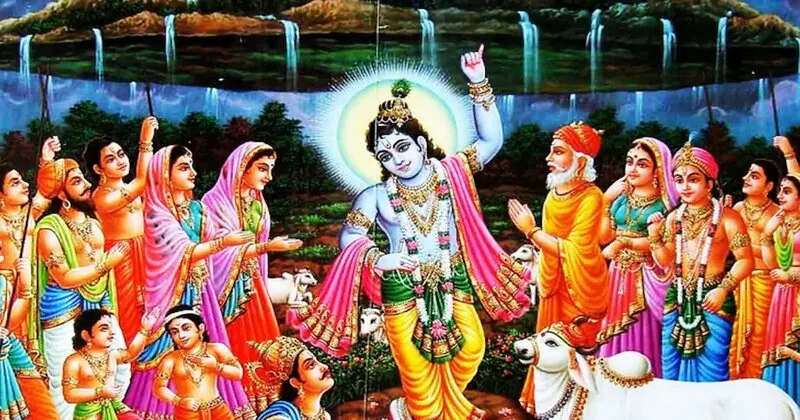
Govardhan Puja celebrates the mythological story of Lord Krishna’s triumph over the rain god Indra. According to Hindu tradition, when Indra grew jealous of the villagers’ devotion to Krishna, he unleashed severe rains, causing widespread destruction. In a show of divine power and protection, Lord Krishna lifted Govardhan Hill to shield the people from the storm, humbling Indra and underscoring the values of duty and responsibility. This act has been commemorated ever since as a reminder of Krishna’s protective grace and nature’s nurturing power.
This year, Govardhan Puja will take place on November 2, following Diwali. According to the Drik Panchang, the Pratipada Tithi begins at 6:16 PM on November 1 and concludes at 8:21 PM on November 2. The recommended time for Pratahkala Muhurat for worship is from 6:14 to 8:33 AM, while the Sayankala Muhurat is from 3:33 to 5:53 PM on November 2. Devotees begin the day with a holy bath and proceed to create an image of Govardhan Hill using cow dung or clay, which is decorated and worshipped. As part of the Annakut tradition, people circle this symbolic hill and offer various food items.
Annakut, meaning “mountain of food,” is a central aspect of Govardhan Puja. Devotees prepare an array of foods like rice, vegetables, and sweets, arranging them to resemble the Govardhan Hill. This display symbolizes abundance and is offered to Lord Krishna as a gesture of gratitude. The offering is later shared as prasad, fostering a spirit of community and devotion. Govardhan Puja emphasizes gratitude for Krishna’s protective role, while Annakut reinforces the importance of nature’s gifts and divine blessings.

Post Your Comments